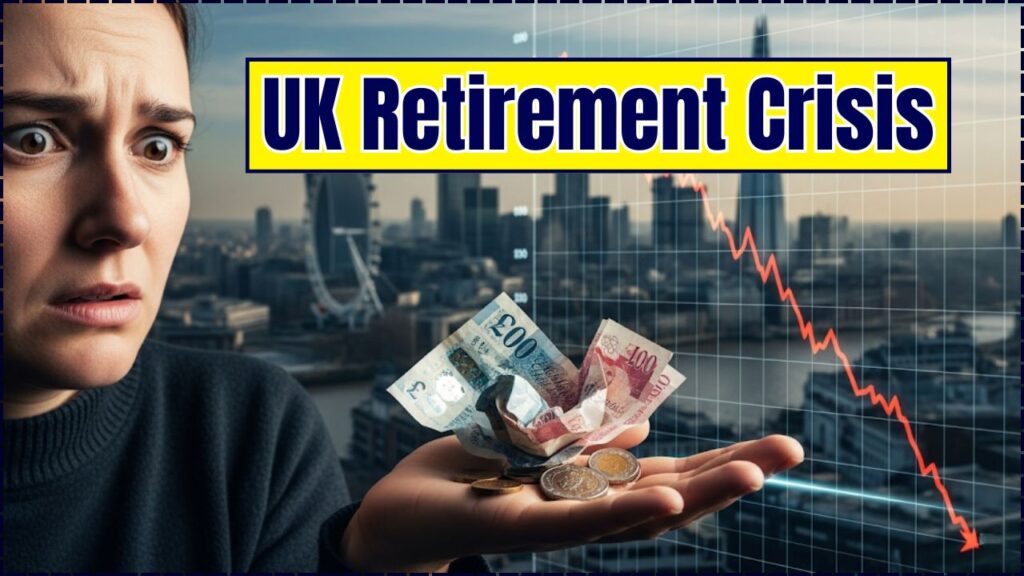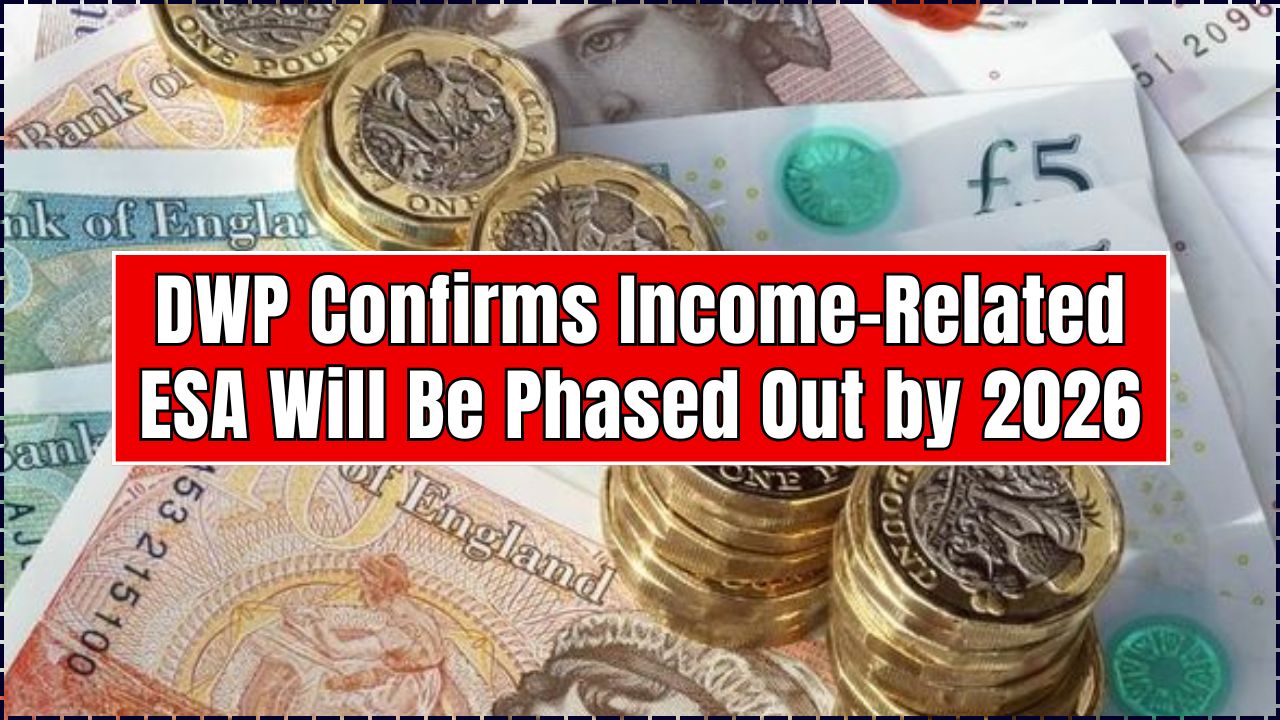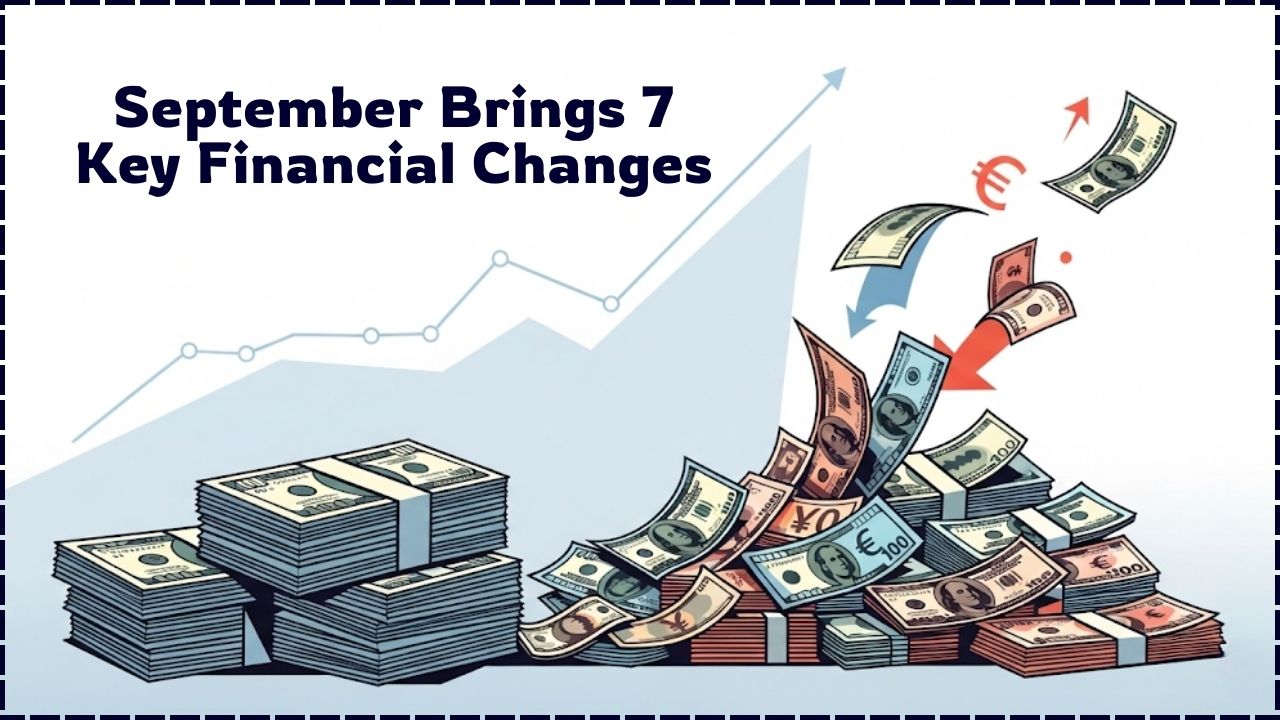Retirement should be the time when you finally kick off your work boots, relax with family, and enjoy the fruits of decades of hard work. But the truth is, the UK retirement crisis is leaving millions stranded. The country’s pension system—once considered a safety net—is struggling under the weight of an ageing population, rising costs, and poor savings habits.

This isn’t just about money in government accounts—it’s about real people facing poverty in old age. Imagine working 40+ years, only to find your retirement income barely covers groceries and heating bills. That’s the tough reality for millions today.
UK Retirement Crisis
| Key Point | Details |
|---|---|
| State Pension Costs | £124 billion annually, second only to NHS |
| Future Costs | Projected to hit £140+ billion by 2032 |
| Savings Gap | 45% of UK adults save nothing for retirement |
| Gender Gap | Women earn £7,600 less annually in pensions |
| State Pension Age | Could rise to 70 years |
| Demographics | By 2075, 25% of UK adults will be pensioners |
The UK retirement crisis isn’t just about spreadsheets—it’s about dignity, security, and fairness. Right now, the system leaves millions of hardworking Brits stranded, with low savings, rising costs, and deep gender gaps. But individuals can take action—by saving smarter, consolidating pensions, and planning early.
At the same time, policymakers must face tough choices: reforming the triple lock, supporting carers, and building stronger pension funds. Because retirement shouldn’t be a gamble—it should be the reward for a lifetime of work.
A Quick History of UK Pensions
The UK introduced the first state pension in 1908, offering just five shillings a week to people over 70. Back then, life expectancy was around 50—so few lived long enough to collect. Fast-forward to 2025: average life expectancy is 81 years, and the state pension supports over 12 million people. The system simply wasn’t built for today’s realities.
Why the UK Retirement Crisis Is Happening
1. The Pay-As-You-Go Problem
Unlike the U.S. 401(k) system, the UK runs on a pay-as-you-go model—today’s workers fund today’s retirees. But with fewer young workers and more retirees, the balance is tipping.
- Retirees will rise from 12M → 13.7M by 2032.
- Costs are climbing past £124 billion annually.
It’s like expecting a three-legged stool to hold up an elephant—eventually, it buckles.
2. Too Many Aren’t Saving Enough
Nearly half of adults save nothing for retirement. Those who do often save too little. Gen Xers are especially vulnerable, with 50% facing shortfalls.
- Self-employed workers often lack auto-enrolment.
- Women and carers miss contributions during career breaks.
3. The Gender Pension Gap
Retired women earn 36.5% less than men, a difference of £7,600 per year. That’s like four months of unpaid retirement.
Why? Lower lifetime wages, part-time work, and unpaid caregiving. Experts warn this gap could take until 2061 to close.
Pensions: Defined Contribution vs. Defined Benefit
Understanding the difference between these two main types of pensions is crucial for your retirement planning.
| Feature | Defined Contribution (DC) | Defined Benefit (DB) |
| How it works | Your contributions (and your employer’s) are invested. The final amount depends on how well these investments perform. | A guaranteed income is promised to you in retirement, usually based on your salary and length of service. |
| Who bears the risk? | You do. The value of your pot can go up or down. | Your employer does. They are responsible for making sure there is enough money to pay your pension. |
| Commonly found in | Most modern private sector workplace pensions and personal pensions. | Public sector schemes (e.g., NHS, teachers) and older, private sector plans. |
| Key pro | Flexibility—you have more control over your investments and how you take your money. | Certainty—you know exactly how much you’ll get in retirement, regardless of market performance. |
| Key con | Lack of a guaranteed income—you could run out of money if you live longer than expected. | Less flexibility and the schemes can be expensive for employers to run, leading to their decline. |
Global Comparisons: Who’s Doing It Better?
- Netherlands: Workers contribute ~18.6% of salary into collective schemes, creating giant pension funds with stable payouts.
- U.S.: Social Security faces funding gaps, but private 401(k)s and IRAs give more flexibility.
- Japan: With one of the oldest populations, Japan raised its pension age and diversified investments early.
Lesson? Countries that plan early, diversify savings, and enforce higher contributions manage better.
Real-Life Stories
- Sarah, 62, retired nurse: Despite decades of work, she faces a £5,000 annual shortfall due to part-time caregiving breaks.
- John, 55, self-employed builder: Never auto-enrolled, now scrambling to save enough for retirement.
These aren’t outliers—they’re millions of everyday Brits.
The Triple Lock Dilemma
The triple lock promises pensions rise by the highest of inflation, wages, or 2.5%. Great in theory—but by 2030, it could cost £15 billion annually. To offset, the government may push retirement age to 70.
Imagine laying bricks at 69—most bodies just can’t take it.
Practical Steps to Protect Yourself
Step 1: Know Your Numbers
- Use the UK State Pension Forecast tool
- Track down lost pensions (over £26 billion unclaimed)
Step 2: Increase Contributions
- Aim for 15–20% of income (combined).
- Self-employed? Open a private pension ASAP.
Step 3: Consolidate Pots
Small pots = small growth. Merge into larger, stronger funds.
Step 4: Diversify Investments
Consider mixing pensions with ISAs, real estate, and bonds.
Step 5: Plan by Age Group
- 20s: Start early, even small contributions grow big.
- 40s: Audit old pensions and increase contributions.
- 60s: Focus on consolidating and planning healthcare costs.
Top 3 Myths About UK Pensions
- Myth 1: “My National Insurance contributions are saved in a pot for me.”
- Fact: This is a common misconception. Your contributions aren’t held in a personal savings account. They are used to pay the pensions of current retirees.
- Myth 2: “Everyone gets the full State Pension.”
- Fact: To receive the full new State Pension, you need 35 qualifying years of National Insurance contributions. Many people, including women with career breaks for child-rearing, don’t meet this threshold and receive a lower amount.
- Myth 3: “My pension income is not taxable.”
- Fact: Your State Pension and other pension income are treated as taxable income. While no tax is deducted from the State Pension at the source, it can push your total income over the tax-free personal allowance, meaning you will owe tax.
Real-World Case Study
Meet John, 64, a self-employed electrician from Birmingham. He’s been working his whole life, but never had a workplace pension. He assumed his National Insurance contributions would be enough for a decent State Pension. Now, with a few years to go until he can claim it, he’s discovered he only has 25 qualifying years due to a few gaps in his record. He’s now looking at a significantly reduced State Pension and faces the difficult choice of working longer than he planned or living on a much tighter budget in his retirement. His story is a common one, showing how a lack of understanding and a changing system can leave people stranded.
FAQs
Q1: Will the UK state pension run out?
Not exactly—it’s taxpayer-funded, but costs could eat 7.7% of GDP by 2075.
Q2: Can I rely only on the state pension?
No. The full pension is £11,500/year, barely enough for essentials.
Q3: How do I find missing pensions?
Use the free Pension Tracing Service.
Q4: Why is the gender gap so big?
Because women face career interruptions, lower pay, and fewer full-time pension contributions.
Future Outlook
Experts warn that if reforms stall:
- Millions of Gen X and Millennials will retire in poverty.
- The pension age may rise repeatedly.
- Taxes may increase to cover shortfalls.
But reforms—like expanding auto-enrolment, boosting contributions, and consolidating pension funds—could still turn the tide.












